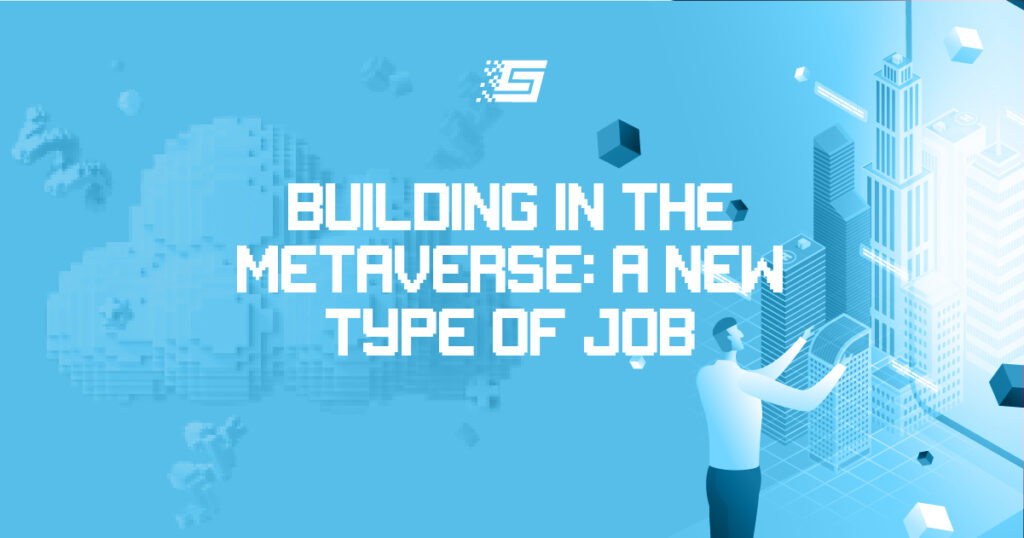Schooling in the Metaverse: Why Metaverse Education is the Future
Schooling in the metaverse is a topic of utmost consideration as some experts feel the need to modify the current style of teaching and learning. As technology advances, so should every aspect of our lives, including education.
We all await what the future metaverse will be like. Meanwhile, there have been multiple predictions that some aspects of work and social life will be transferred to the metaverse.
The question remains – if the metaverse takes over many parts of our physical life in the future, will education be left behind? Thus, this article will discuss what schooling in the metaverse might be like and the technologies that will aid metaverse education. Also, what are some advantages and disadvantages of metaverse education?
Schooling in the metaverse
Picture a class with students taking lectures, but they are not in an actual class. This time, everyone is in a virtual world. Yet, they can touch or feel each other and everything around them.
Interestingly, the metaverse is suitable for any age group. It works for toddlers, primary school kids, middle and high-school teenagers, and university students.
When explaining topics in geography, teachers won’t display maps on a projector or TV. Instead, they show the locations in 3D, and the students can see and feel such places’ terrains and soil compositions in real time.
Similarly, when taking history lessons, students won’t just read the dates and events to memorize them. They are taken back to the times of those events, and they can see the wars, ships, and buildings, as if they were happening now.
Thanks to virtual and augmented reality, teachers can achieve those scenarios and even take practical lessons in the metaverse. No doubt, metaverse education can help with boredom, making children and teenagers more excited about learning.
Metaverse education could be any of these two ways. Firstly, students have the liberty to be in their homes and attend school. This situation is entirely different from Zoom or Google Meet classes.
Here, teachers and students will be in the same room as if they were in a physical class. Likewise, metaverse education gives room for interpersonal interactions beyond talking to one another.
Teachers could give students thumb-ups for answering questions correctly. Moreover, students can speak in person, not just over the screen.
Secondly, students may keep showing up physically in classes. However, as explained earlier, everyone will strap on their VR or AR device as lessons and practical courses will hold in immersive virtual spaces.
Technologies for metaverse education
Virtual (VR) and Augmented (AR) Reality
These innovations are number one among technologies needed to facilitate metaverse education. VR will help in creating fully-immersive spaces for first-hand learning experiences.
Meanwhile, AR helps to create virtual renditions of objects while blending them with the natural environment. For example, AR might be appropriate when explaining parts of the human skeletal system.
3D Reconstruction
Metaverse schools should be an improved representation of physical schools. To achieve this, they can use 3D reconstruction to recreate buildings and structures in the virtual space.
A virtual class might not achieve immersion if the teachers and kids look cartoonish. Therefore, a better way of recreating people is by 3D reconstruction.
Artificial Intelligence (AI)
AI can be a tool for metaverse schools to process data loads on their servers. Also, AI systems have problem-solving abilities and can become companions that will provide hints and ideas when students face tedious tasks.
Advantages of schooling in the metaverse
Improved learning and understanding
Schooling in the metaverse goes beyond seeing what a teacher teaches. It allows learners to experience what they read or hear. Further, it is best for blended, collaborative, game-based, and solution-based learning.
For instance, physics lecturers have more room to display laws and calculations’ impact on our environment. In effect, learners will know why such rules apply and find it easier to answer questions in exams or to use such laws in reality.
Fewer risks for students
Kids take risks to get to school every day. Although there are limited reports of school bus accidents, schooling in the metaverse may help to reduce them to the minimum or even eliminate them.
At the same time, some kids endure bullying due to their size, race, and other factors. Learning from home in the metaverse will help prevent cases of bullying. In fact, it is easier to avoid and eliminate bullies in a virtual setting. You just have to report and block them.
Furthermore, one way to curb school shootings is to reduce kids’ presence in schools. Of course, the metaverse offers the best space for learning to go on smoothly outside school premises. Hence, metaverse education is a better choice for those in locations with a high likelihood of school shootings.
Cross-cultural Relationships
As explained above, metaverse education allows students to take fully-immersive lessons from home. Accordingly, kids can attend any school, irrespective of their location. This allows children to mingle with those of other races and learn about different cultures from a young age.
Challenges of metaverse education
Time-consuming
Do you notice how time flies when playing video games? Experts say it is because you enjoy what you are doing and have lost track of time. Imagine an environment more immersive than video games where you can connect with friends.
Schools in the metaverse will be everything but boring. Although this has a bright side, it comes with the challenge of losing track of time. Moreover, it will drastically limit children’s interaction with the natural world – much worse than TV and video gaming.
Increased teacher responsibility
The roles of those teaching in metaverse schools will go beyond passing information. They must use 3D illustrations of static or moving images and videos in explanations. Even when such teachers do not have to create illustrations, they must understand how to use them.
High cost of design and practice
Schooling in the metaverse might not make education cheaper. It could even become out-of-pocket for most families in many regions of the world. Why?
The cost of producing immersive content on each topic is more than what it takes to display a 10-minute video on a projector. If institutions take on content production, tuition fee of metaverse education will likely be unaffordable for many. In addition, VR and AR devices are currently expensive for the majority.


